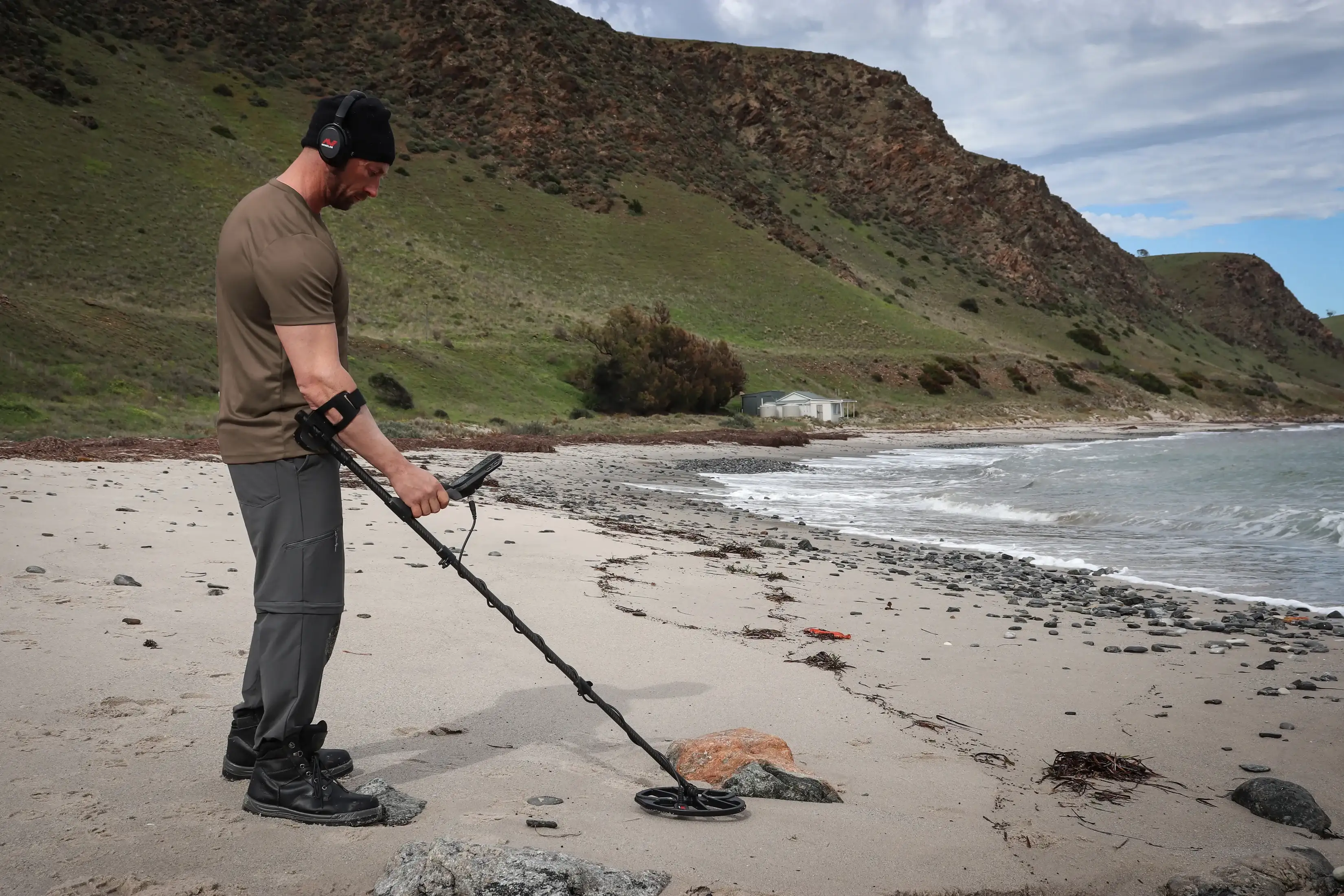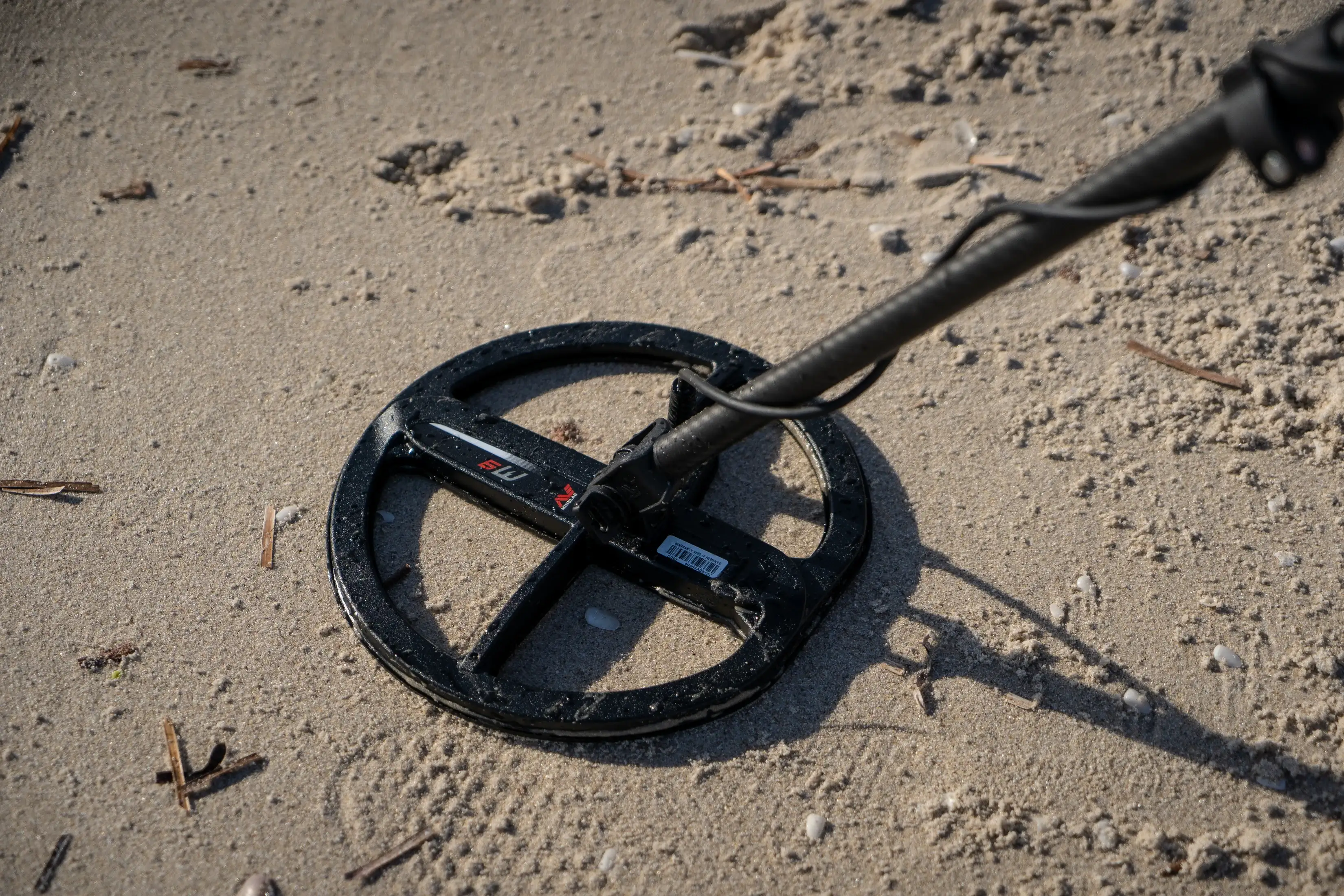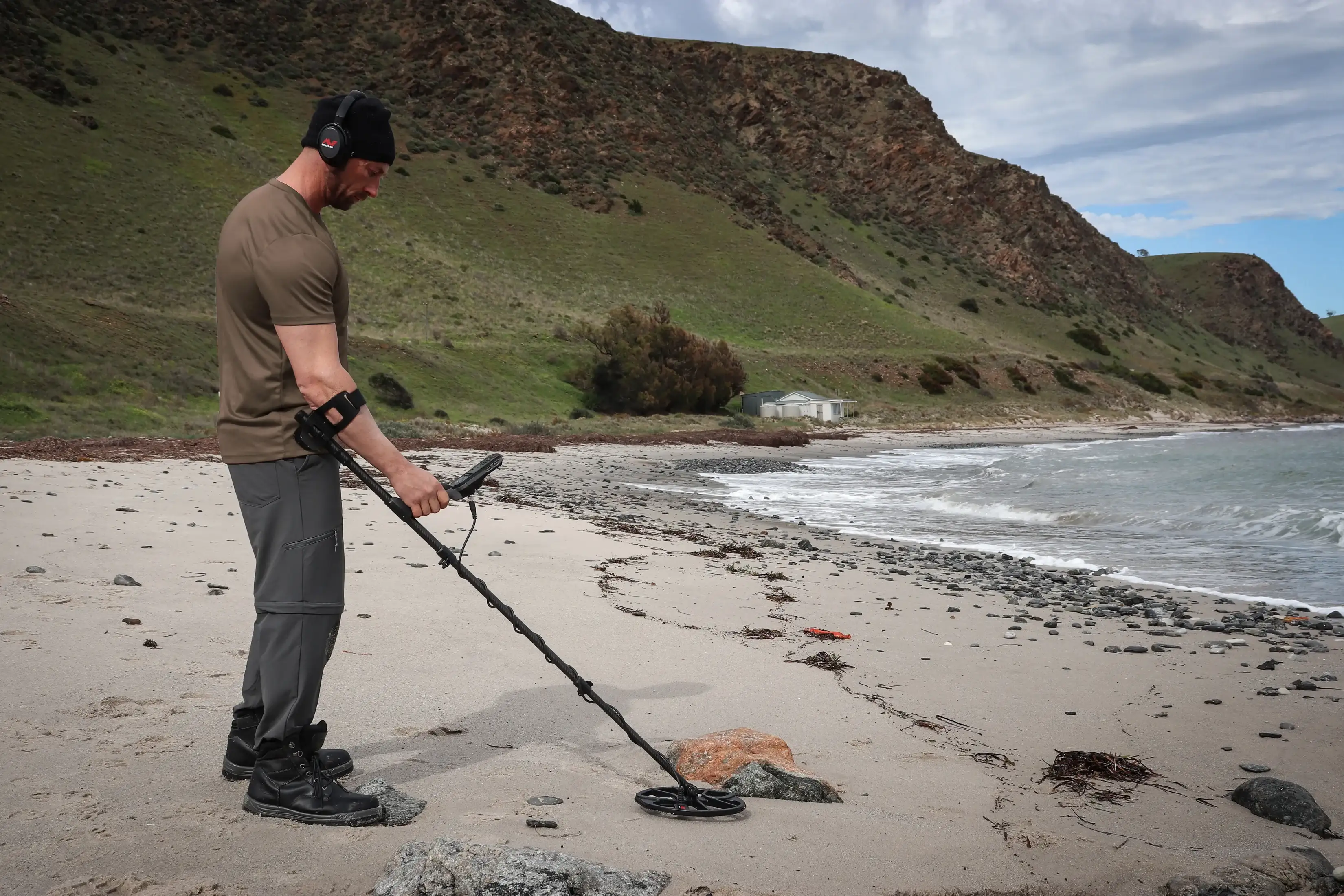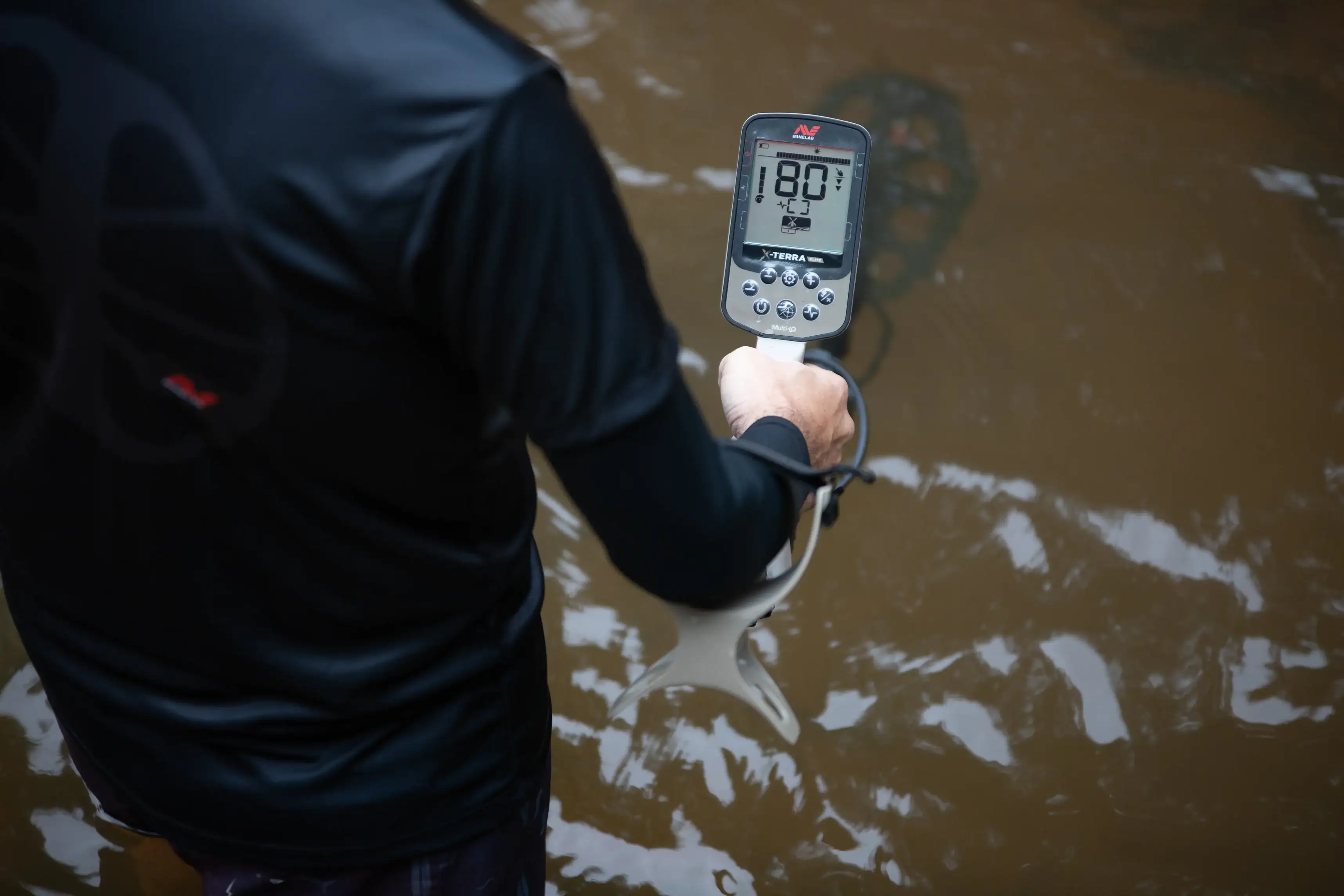We use cookies to provide best experience. Learn more.
How Deep Can a Metal Detector Detect? Key Factors That Impact Depth

“How deep can a metal detector detect?” is one of the most common questions for anyone serious about metal detecting. The answer isn’t one-size-fits-all. Detection depth depends on a range of factors—including soil conditions, the size and type of target, and the technology behind your detector.
Understanding what affects metal detector depth range helps you make better decisions in the field, and ultimately, uncover more.
What Is the Average Metal Detecting Depth?
For coin-sized targets, most high-performance detectors can locate objects between 6 to 12 inches deep in optimal conditions. Larger targets, like relics or gold nuggets, can be detected much deeper—especially with the right coil and detector settings.
However, even the most advanced detector won’t always reach its full potential. Several variables affect how deep your detector can go.
5 Key Factors That Affect Metal Detecting Depth
1. Soil Type
The type of ground you’re detecting in plays a major role in depth. Highly mineralized soils—rich in iron or hot rocks—can create interference that weakens signals. On the other hand, moist soil often improves conductivity, helping signals travel farther and improving detection depth.
2. Target Size and Shape
Larger targets reflect more signal energy, making them easier to detect at greater depths. A small coin won’t be found as deep as a larger relic or piece of gold. Flat or broad surfaces are also more easily detected than thin or irregularly shaped items.
3. Metal Type
Different metals conduct signals differently. Highly conductive metals like silver and copper produce stronger signals, improving detection depth. Lower conductivity metals like gold can be more difficult to detect and often require specialized detectors or fine-tuned settings.
4. Detector Frequency
Frequency plays a big part in how deep a metal detector can go. Lower frequencies penetrate deeper and are ideal for larger, buried targets. Higher frequencies are more sensitive to small or shallow items. Multi-frequency detectors offer a balanced approach, making it easier to adapt to various conditions and targets.
5. Coil Size
The size of your search coil directly impacts depth and sensitivity. Larger coils can detect targets buried deeper underground, making it especially useful for hunting larger relics, caches, or gold nuggets at depth. However, larger coils are more prone to Electromagnetic Interference (EMI). Smaller coils offer better sensitivity to smaller, shallow targets in trashy or confined areas. It may not reach the same depth as a large coil, but smaller coils are less susceptible to EMI.
Choosing the right coil size depends on your environment and the type of detecting you're doing. In open areas where depth is the priority, a larger coil gives you the edge. In complex ground or high-traffic sites, a smaller coil can provide more accuracy and control.
How to Increase Your Metal Detecting Depth
Want to detect deeper targets? Start by optimizing your settings for the ground conditions. Use ground balance to reduce mineralization effects. Switch to a larger search coil, which can extend your detection range. And keep your coil low and steady as you sweep.
Other tips to increase metal detecting depth:
• Keep your detector’s software and firmware up to date
• Use noise cancel or Multi-IQ features to alleviate interference
• Reduce sensitivity only when needed to maintain signal clarity
Maximizing depth is less about pushing your detector to the limit and more about understanding how to use it effectively in changing environments.
Know Your Equipment. Read the Ground. Go Deeper.
The question “how deep can a metal detector detect” has more than one answer. But when you understand the factors involved—and learn how to adjust your detector to match the terrain—you give yourself the best possible chance of going deeper and uncovering more.
April 14, 2025
|
View: 114
|
By: <a class="mp-info" href="https://uk.minelab.com/blog/author/minelab-metal-detector">Minelab</a>












Comments